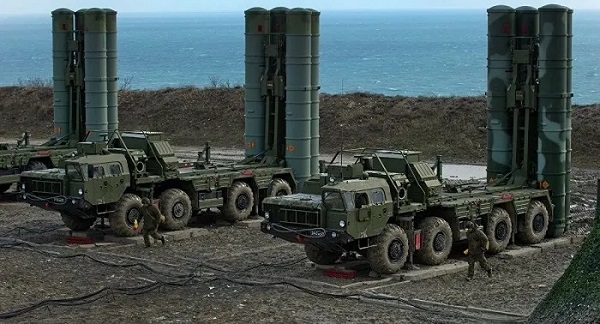New Delhi, (Asian independent) Nuclear powers and neighbours India and Pakistan in a bid to bolster their defence infrastructure have recently acquired surface-to-air missile systems. While India banked on the Russia-made S-400, Pakistan acquired the HQ-9 from its long-standing ally China.
With a history of several wars and an almost war-like situation three years ago, the acquisition of the air defence systems by the south Asian neighbours calls for a comparison of both the S-400 and the HQ-9.
From a broader perspective and after going through the technical specifications, the S-400 appears more potent and powerful than the HQ-9.
While the S-400 has a tracking range of up to 600 km, the HQ-9 has a maximum range of only up to 100-300 km. The S-400 is considered to be one of the most advanced air defence systems that is laced with missiles that can hit targets as far away as 400 km.
The operational range of Pakistan’s HQ-9 is 120 km. However, some of its variants have a range up to 300 km. It weighs 2,000 kg and the length is 6.8 metres.
The HQ-9 can tackle threats posed by helicopters, guided bombs and ballistic missiles.
The S-400 that India has got is the upgraded version of the Russia-made S-300 which is deemed to be the most advanced one. It has the capacity to fire 36 shots at one go.
The HQ-9 was first developed by China in 2001 while the S-400 was introduced in 2007.
On several counts, the S-400 is considered superior to the HQ-9.
The ‘Russian Shield’ is being deployed by India on the borders.
The S-400 can detect any incoming threats beforehand due to its modern radars.
It can track 100-300 targets at once, and the missiles installed on the S-400 can be fired up to a height of 30 km with the help of its 12 launchers.








